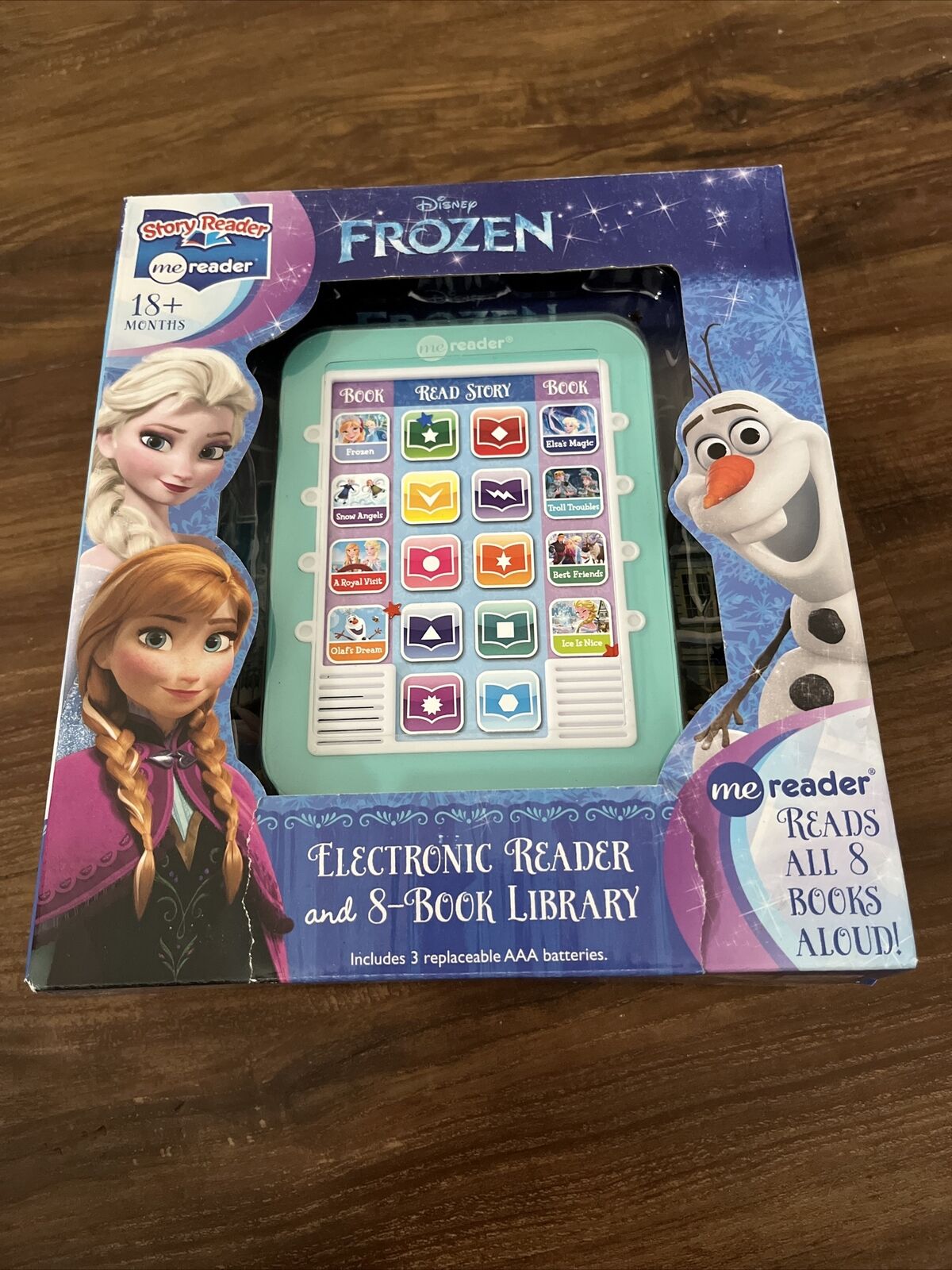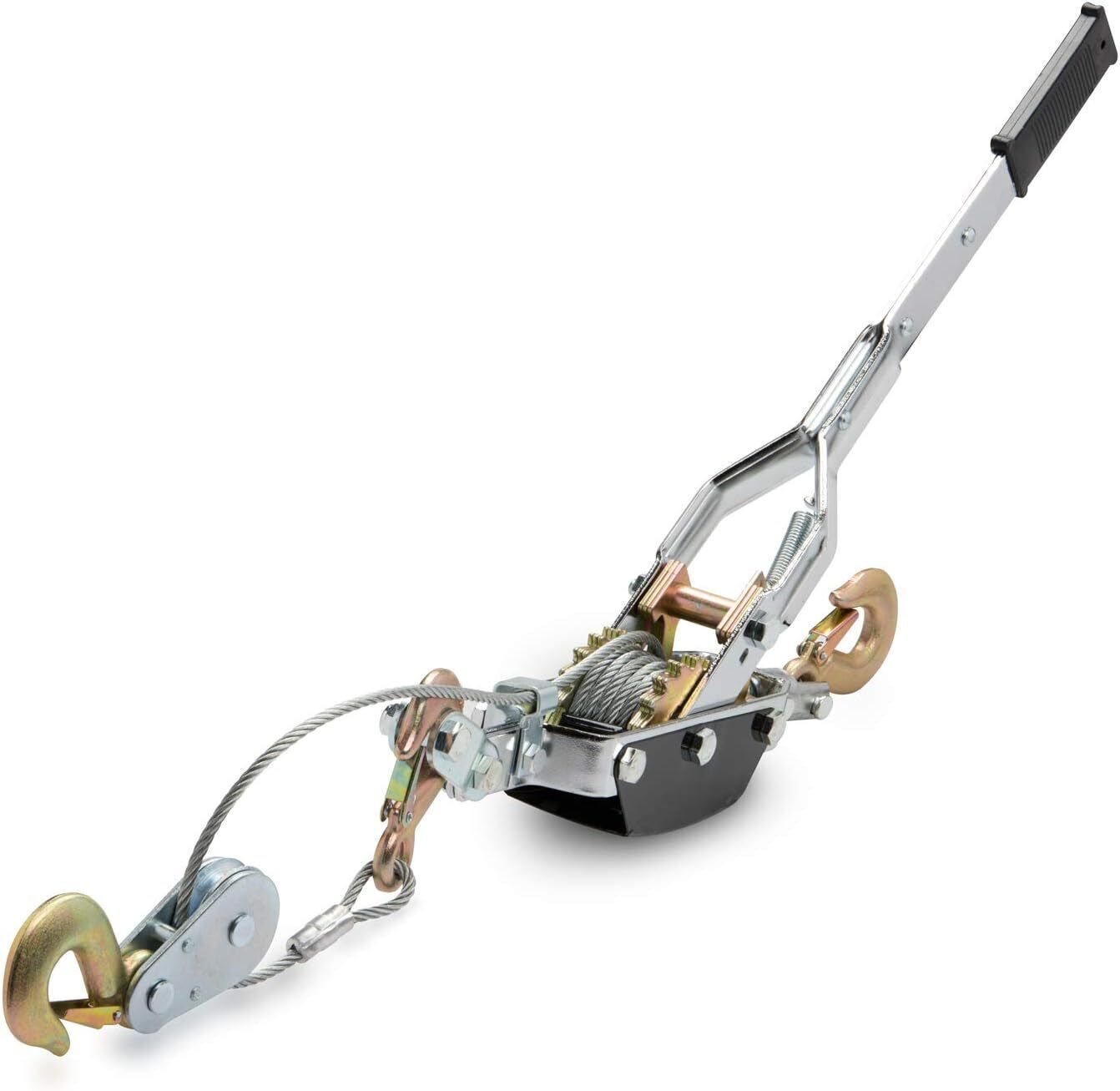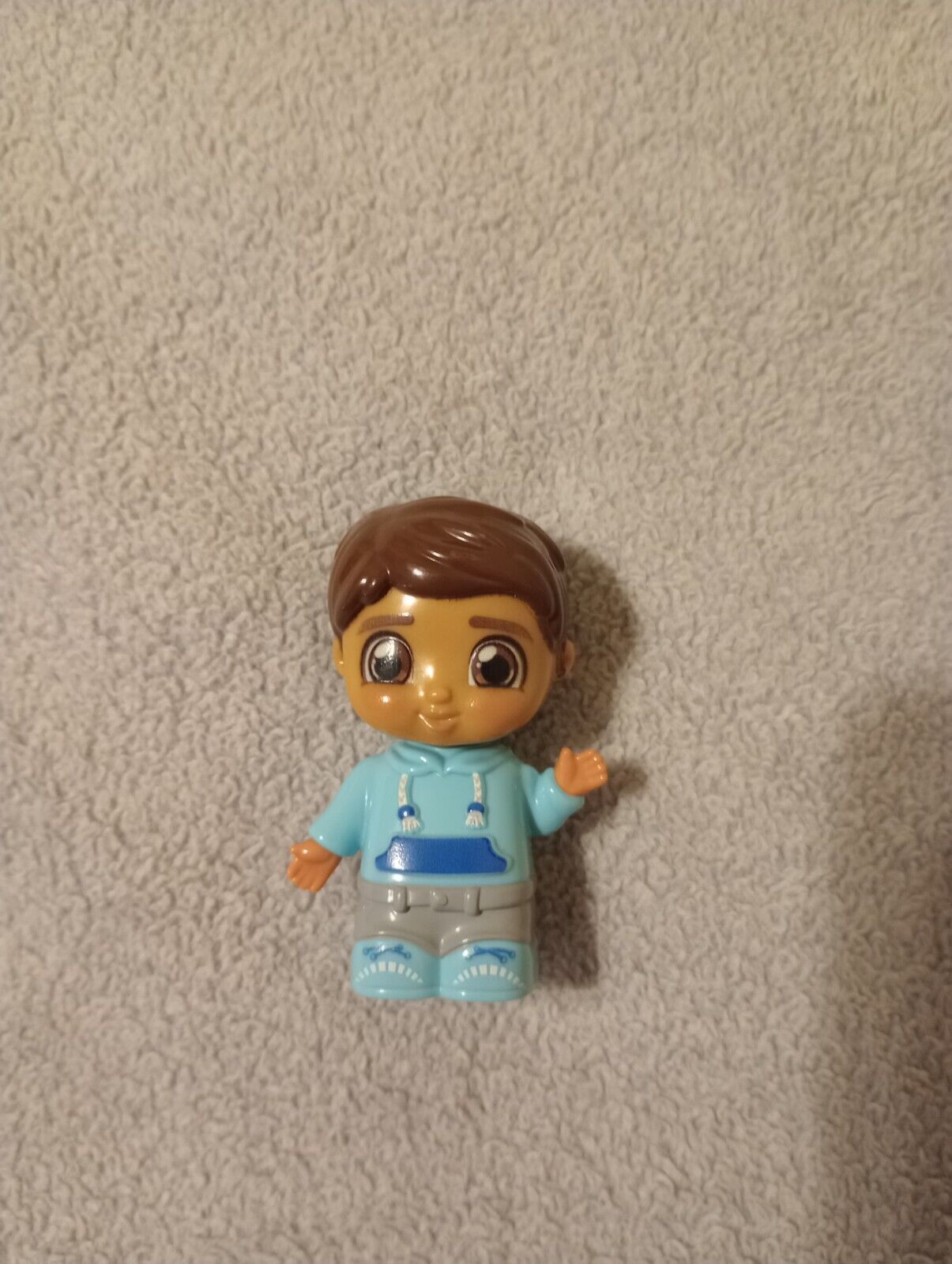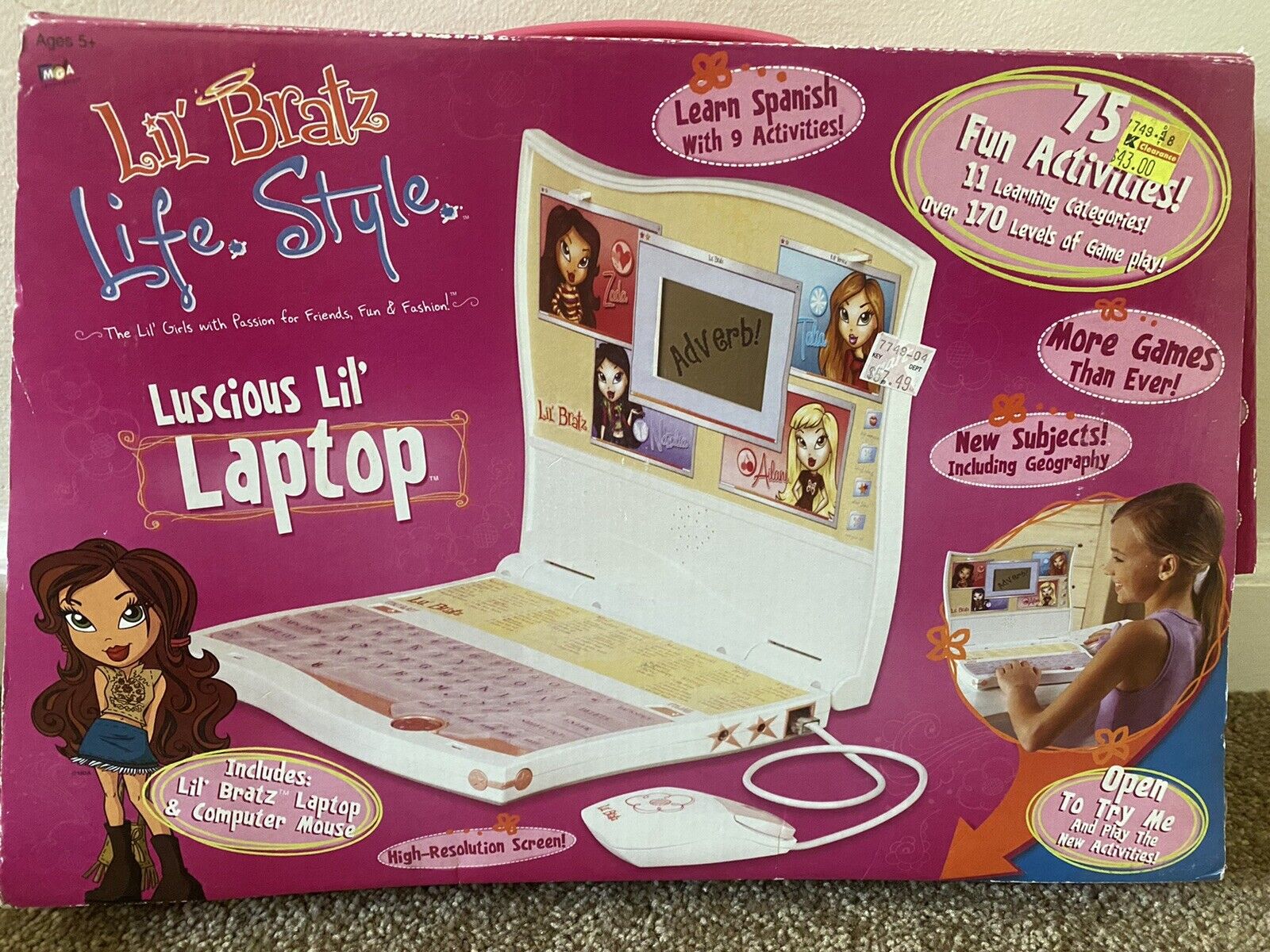-40%
DIY Mobile 4G Phone Kit - Learn How To Create a Fully-Functional Cellphone
$ 89.73
- Description
- Size Guide
Description
Trusted, Inspired, Educational & FunDIY Mobile 4G Phone Kit
3157060
Build an Educational DIY Mobile Phone
With this DIY kit, you’ll create an open source, fully-functional mobile phone compatible with all mobile networks up to 4G. You’ll learn how a basic mobile phone works, the basics behind digital electronics and how to program a microcontroller. After that, you’ll spend numerous hours creating your own games and apps and experimenting with hardware. Based on our experience, an 11-year-old kid should be able to assemble this device with a tiny bit of help from an adult. Estimated build time: 5 hours.
The kit includes the circuit board, casing, full color LCD, GSM module, sound module, amplifier, 128MB SD card preloaded with games and apps and all needed components. Recharges via included USB cable.
You must supply regular soldering iron and some solder, diagonal cutter pliers, regular screwdriver and a piece of insulating tape or some super-glue.
For programming, this device uses the same chip used on Arduino UNO board – the most popular programming environment for makers (Arduino IDE based on C/C++). It’s coded with sets of commands that let you easily develop in-app menus, play and develop sound FX and background music, draw, display and animate bitmaps, make calls, read files from SD card, flash LEDs and much more!
FAQ:
Q: Is this device a smartphone that permits you to access the internet? No.
Q: Does this device include a camera for taking photos and videos? No.
Q: Is there a headphone jack? Yes. 3.5mm
Q: Can you use it as a music player? Yes. It includes an amplifier, DAC and MicroSD card slot.
Q: How is it powered? Included Li-po battery charges via included USB cable
Q: Will I be able to send text messages? Yes.
Q: How do I get a phone number? This kit works like every other phone and like other phones has a globally pre-approved network chip. In other words, you need to put a SIM card in your MAKERphone just like you'd put it in a regular phone. The phone number you are using is tied to the SIM card.
Q: Who is the service provider? Customers can use SIM cards from their existing provider. A free optional Ting inc. SIM card that you can activate is included. Ting's business model is pretty unique, they don't offer plans, just paying for what you spend. Since this is not intended to be your primary phone this service may be a viable option.
What You’ll Learn (watching the on-line tutorial)
How a basic mobile phone works
How to solder properly
The basic electronic components and their functions
Some basics of digital electronics
How to program a microcontroller
How to extend capabilities by adding various expansion modules
We’ve coded a programming library with sets of commands that let you easily:
Develop in-app menus and other GUI-related content
Play and develop sound FX and background music
Draw, display and animate bitmaps
Control hardware (i.e. make calls, read files from SD card, flash LEDs)
What’s Inside the Box:
Circuit board
– the main board that connects all the components in a uniform device that can work as a mobile phone
Phone casing
– multiple sheets of acrylic cut with the power of lasers. They protect the innards and give MAKERphone this sleek look
128*160 full color TFT LCD
– for playing games, displaying phone numbers and everything in between
GSM module
– a tiny module responsible for everything related to calling and texting other people
Main microcomputer module
– a dual core processor with built-in Wi-Fi, BLE, and a charging circuit
Sound module
– a board with a DAC (digital to analog converter) chip and a headphone jack for music playback (responsible for ringtones, alarms, game sound effects)
Amplifier module
– makes loud buzzes, bleeps and bloops
Stick-on antenna
– for superb phone signal (a.k.a. send text messages while in the bathroom)
A bag with other tiny electronic components such as pushbuttons and colored button caps with a 128MB SD card preloaded with games and apps included
















